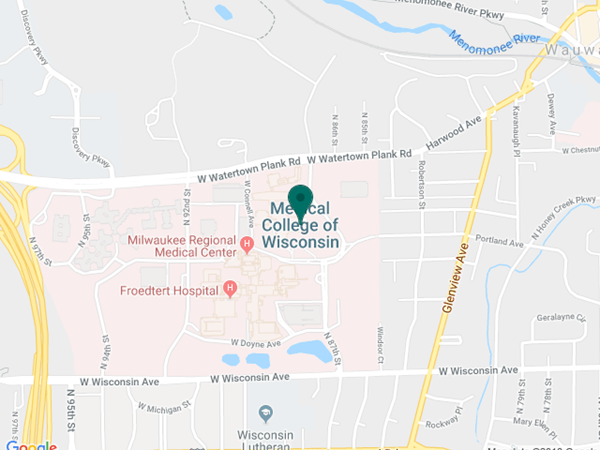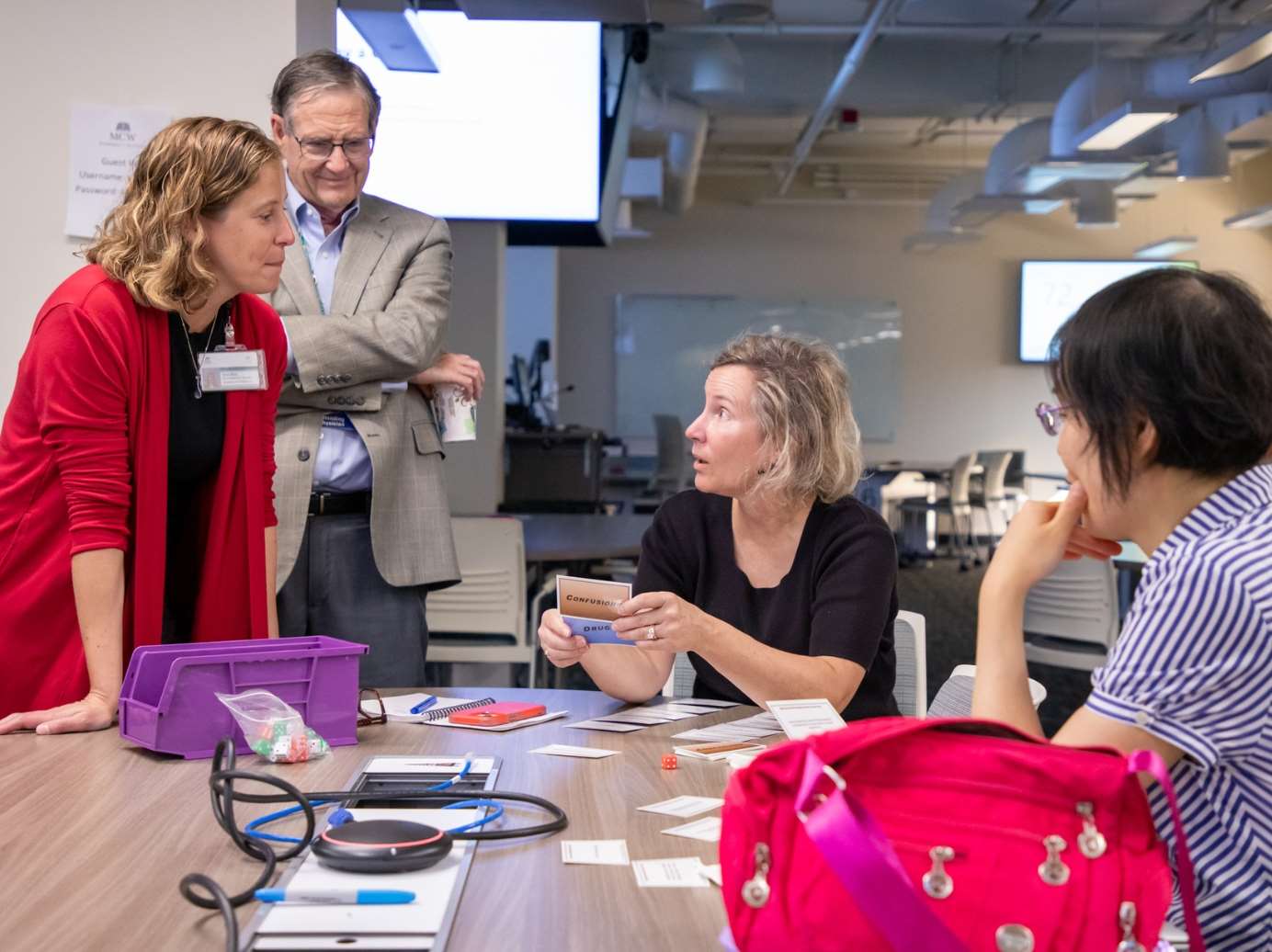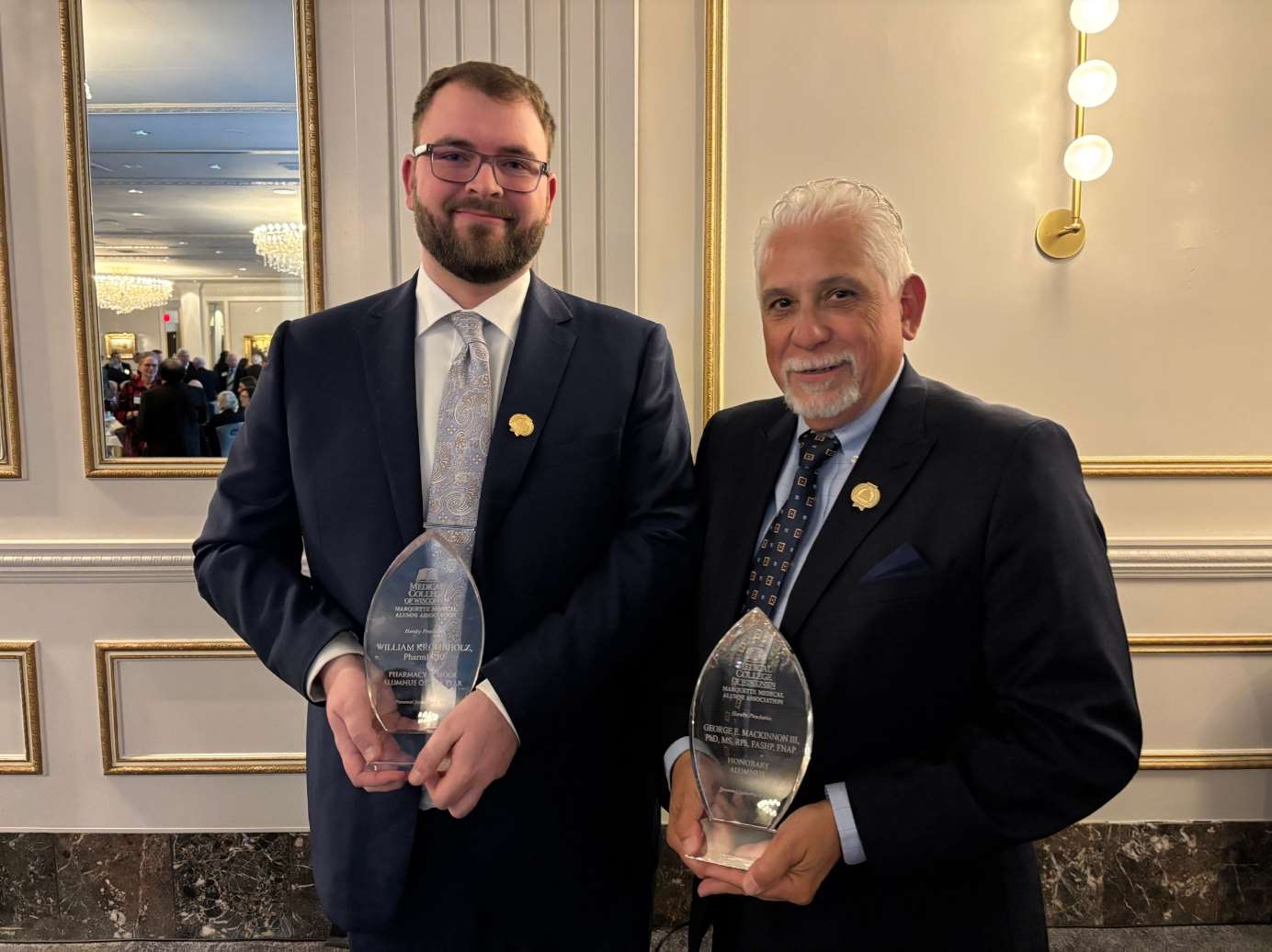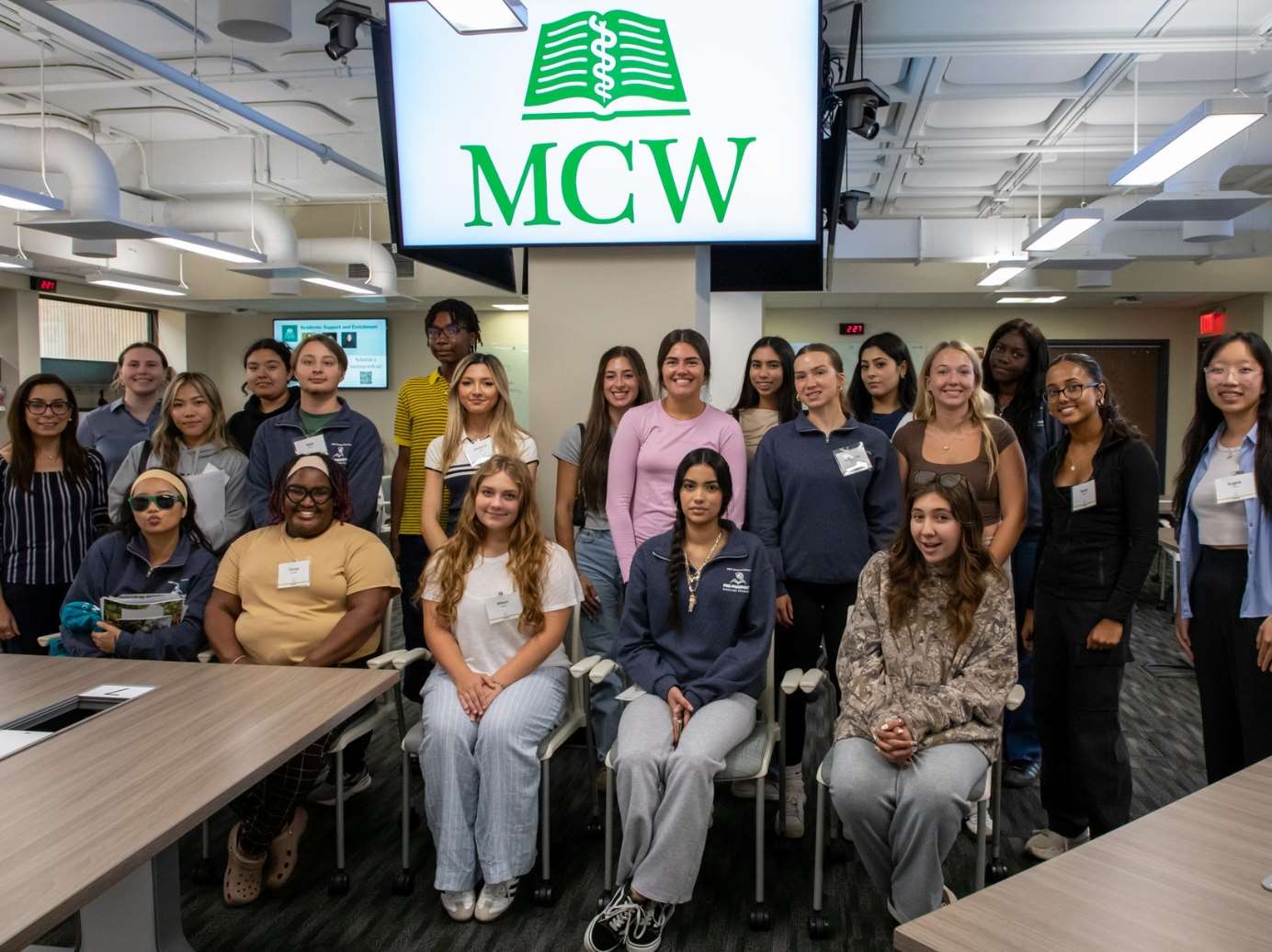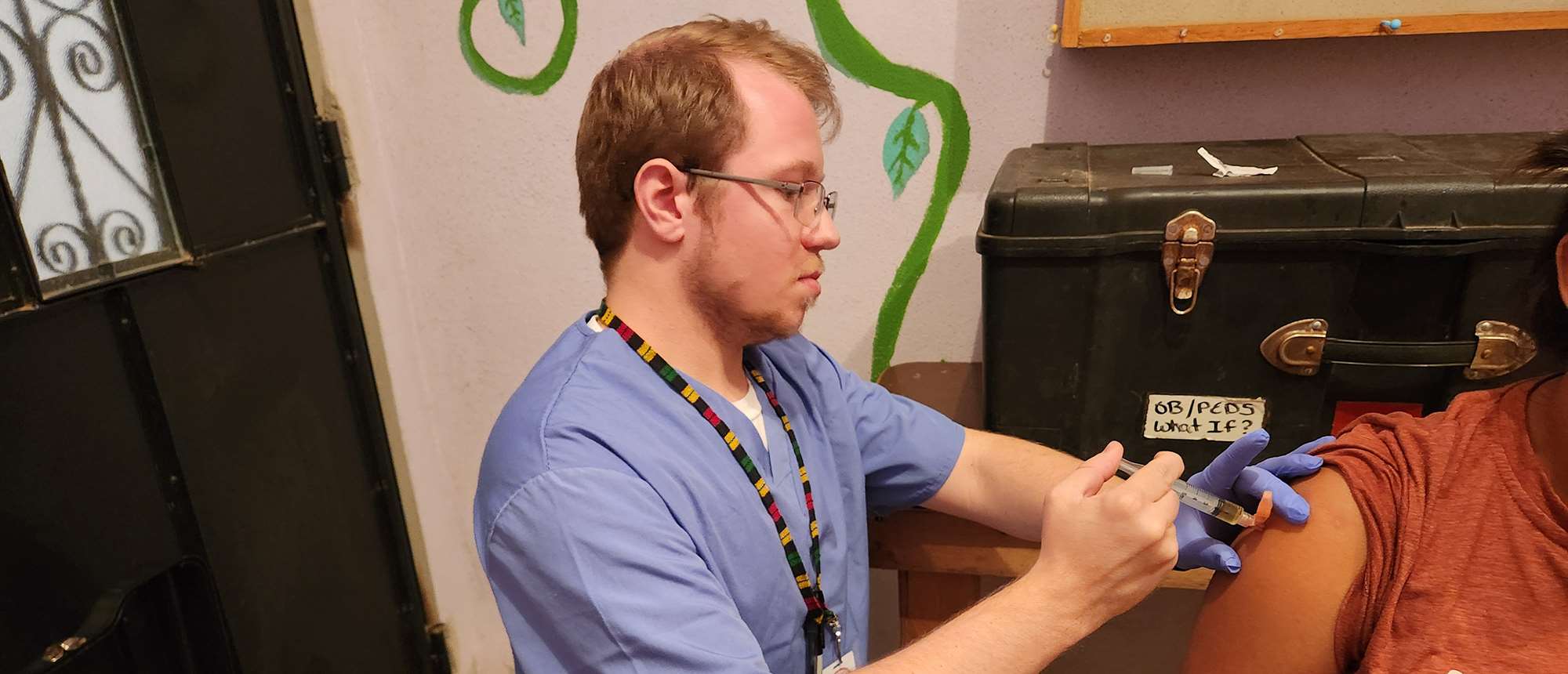Pharmacy School at the Medical College of Wisconsin
Innovative Three-Year Doctor of Pharmacy Program
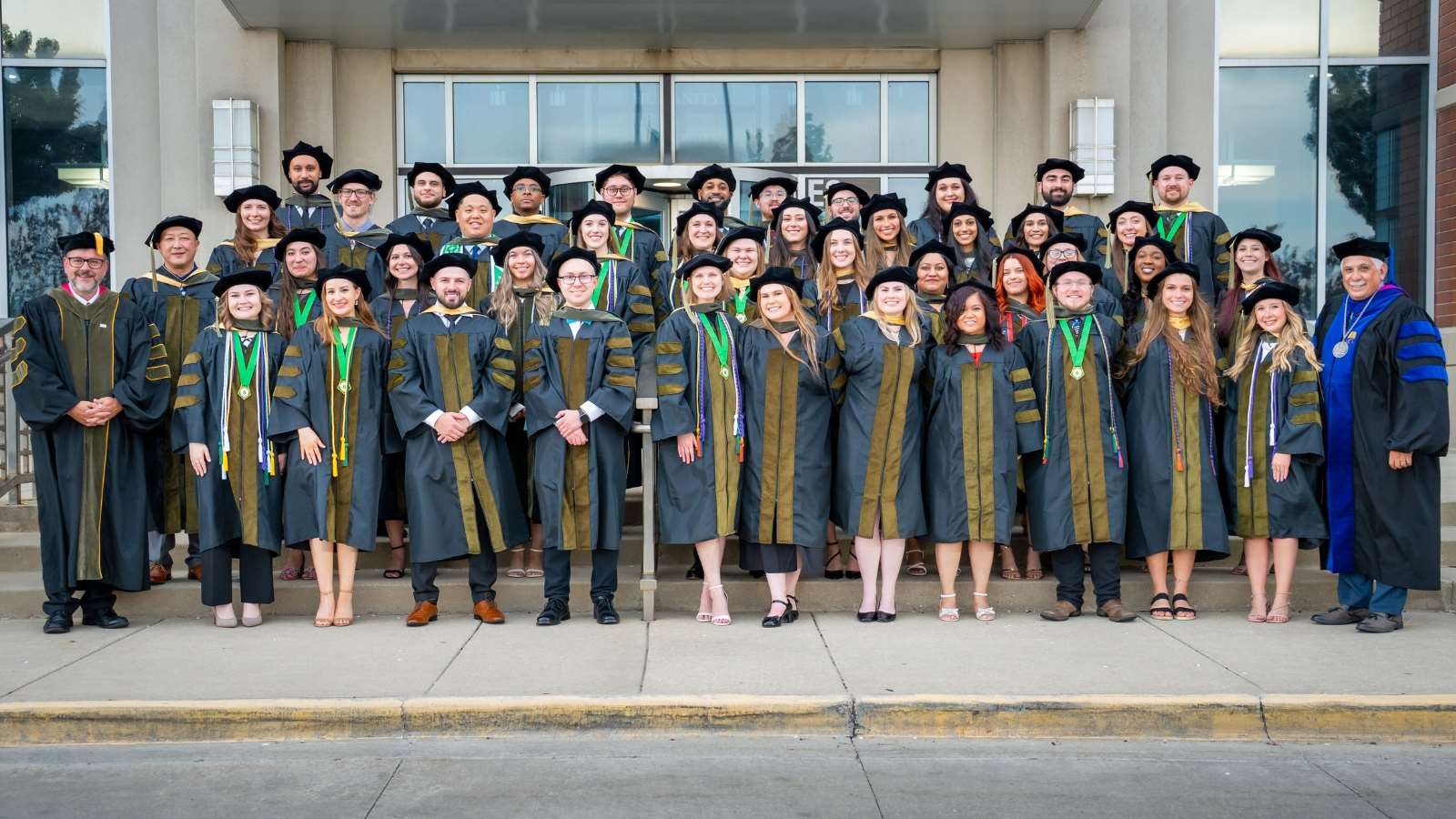
Sign up to receive more information about our accelerated pharmacy program
-
Requirements
View details on MCW's PharmD program application process and eligibility, including requirements for international students.
Requirements -
About Us
Learn about the mission, vision and core values of the MCW School of Pharmacy.
About Us -
Accreditation
The MCW School of Pharmacy has been granted full Accreditation status by the Accreditation Council for Pharmacy Education (ACPE).
Accreditation -
FAQs
Answers to frequently asked questions about MCW's PharmD program, plus information on career prospects.
Frequently Asked Questions
MCW Pharmacy School Partners
As a student in MCW’s Pharmacy School, you will benefit from working as a team with physicians, nurses and other healthcare professionals through our clinical partners at some of the top facilities in the country, including:

Froedtert Hospital and Froedtert Health
Pharmacy students on clinical rotations at Froedtert Hospital, a Level I trauma center, learn from pharmacists in specialized areas who see complex patient cases.

Children's Wisconsin
During clinical rotations at Children’s Wisconsin, pharmacy students gain experience performing calculations for body weight or body surface area dosing, assist with total parenteral nutrition and more.

Clement J. Zablocki VA Medical Center
Pharmacy students gain experience in the VA’s unique practice setting, where pharmacists have a scope of practice allowing them to independently prescribe medications.
Undergraduate Dual-Degree Program
Start your healthcare career sooner! That means additional years of valuable work experience you can add to your resume, plus earning a projected six-figure salary instead of paying tuition.
Contact Us
MCW Pharmacy School
8701 Watertown Plank Rd.
Milwaukee, WI 53226
(414) 955-7476
pharmacy@mcw.edu
